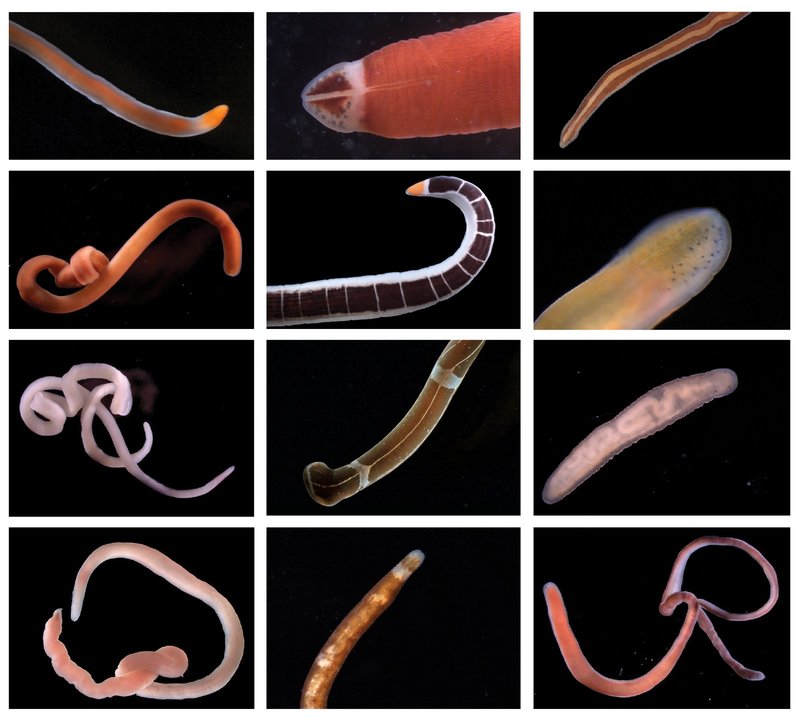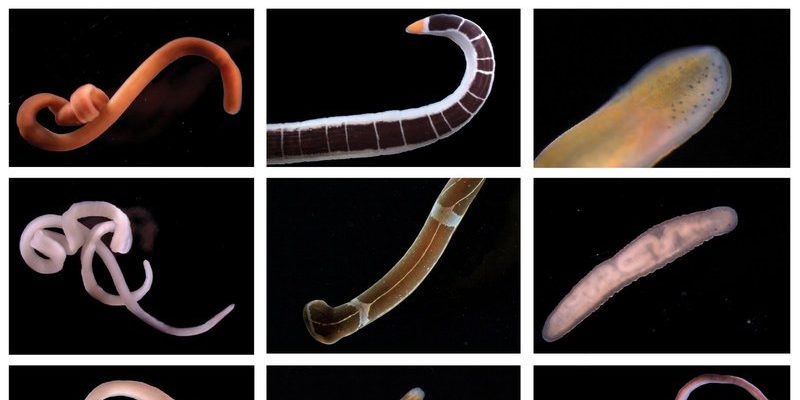
Understanding who preys on ribbon worms is like unraveling a small part of the ocean’s complex food web. Imagine a web where each strand is a different relationship between animals, plants, and the environment. It’s all connected, and knowing the predators of ribbon worms helps us appreciate the balance of marine life. So, let’s dive into the underwater world and discover who’s munching on these intriguing invertebrates.
What Are Ribbon Worms?
Ribbon worms, scientifically known as *Nemertea*, are soft-bodied, elongated creatures usually found in marine environments. They have a unique body structure that allows them to stretch and contract, aiding in their movement. Some species can grow to impressive lengths, even reaching up to 30 meters! Their bodies are often brightly colored, ranging from blues to greens, making them quite eye-catching in their natural habitats.
Ribbon worms are mostly found in shallow waters, hiding in mud, sand, or among seaweed. They’re predominantly carnivorous, feeding on small invertebrates and crustaceans using their special proboscis—a long, tube-like structure that can extend rapidly to capture prey. However, despite being predators themselves, their soft bodies make them vulnerable to a variety of natural enemies.
Marine Birds: Aerial Hunters
When you think about ribbon worm predators, don’t forget the birds! Several marine birds, like seagulls and herons, are known to feast on these worms. While they might not be the most efficient hunters of ribbon worms, these birds use their keen eyesight to spot movements under the water’s surface.
Imagine a heron standing still at the water’s edge, its neck stretched out like a coiled spring. In a split second, it strikes to snag a ribbon worm, pulling it from its hiding place. This method of hunting showcases how terrestrial creatures interact with marine life. Birds often play a critical role in controlling the populations of ribbon worms and other benthic (bottom-dwelling) organisms.
Fish: Opportunistic Feeders
Numerous fish species are also on the hunt for ribbon worms. For instance, flatfish, eels, and some species of wrasses have been documented snacking on these elongated invertebrates. Fish are typically opportunistic feeders, meaning they’re always on the lookout for an easy meal.
For flatfish, which often lie buried in the sand, a ribbon worm swimming or wriggling nearby can be an attractive target. Their ambush style of hunting allows them to catch these soft-bodied creatures off guard. Each encounter of fish gobbling up ribbon worms contributes to the balance of the ecosystem. Without these natural predators, ribbon worms could flourish unchecked, potentially disrupting the marine environment.
Crustaceans: The Underwater Scavengers
Crustaceans, including crabs and lobsters, are another group of natural predators that play a role in the ribbon worm’s life cycle. These resilient creatures are often found scouring the seafloor for tasty morsels, and ribbon worms fit the bill perfectly.
Crabs, with their powerful claws, can easily grab a ribbon worm from its hiding spot, while lobsters use their strong pincers to snap them up. The relationship here is particularly interesting; as crabs and lobsters dine on ribbon worms, they help maintain a balance of species, ensuring that no single type of creature dominates the ecosystem.
Sea Anemones and Other Invertebrates
It might surprise you, but even certain invertebrates like sea anemones can be considered predators of ribbon worms. These creatures use their stinging tentacles to capture prey that wanders too close. When a ribbon worm comes in contact, it might be in for a shock—literally!
The way invertebrates like sea anemones capture ribbon worms showcases the complexity of marine life. It’s not just large animals that contribute to the food web; even smaller creatures have their stake in the balance. The predation of ribbon worms by invertebrates is a reminder that the ocean is a wild and intricate place.
The Impact of Predation on Ribbon Worm Populations
So, why does it matter who eats ribbon worms? It’s all about balance. Natural predators regulate ribbon worm populations, preventing overpopulation and ensuring that resources are available for other marine life. This interplay creates a healthy habitat, where various species can coexist and thrive.
Without these predators, ribbon worms could potentially overpopulate, which might lead to a decline in other species they compete with for food or space. In essence, every predator of ribbon worms contributes to maintaining the health of their ecosystem, showcasing the interconnectedness of all living things in our oceans.
The natural predators of ribbon worms, from birds and fish to crustaceans and invertebrates, are essential pieces of the marine puzzle. They help regulate populations and maintain balance within their ecosystems. By appreciating the role of these predators, we gain a deeper understanding of the complexities of ocean life.
So, next time you think about the ocean, remember the ribbon worms and their predators. Each part of the ecosystem, no matter how small, plays a vital role in the circle of life beneath the waves. The ocean might seem vast and endless, but it’s a tightly-knit community where every creature has its place.

